Artnet News Pro
How to Shop the Venice Biennale: A Buyer’s Guide to the Hottest Artists Included This Year, and Where to Find Their Work
We highlight seven artists who have been tapped to represent their countries at the art-world olympics.
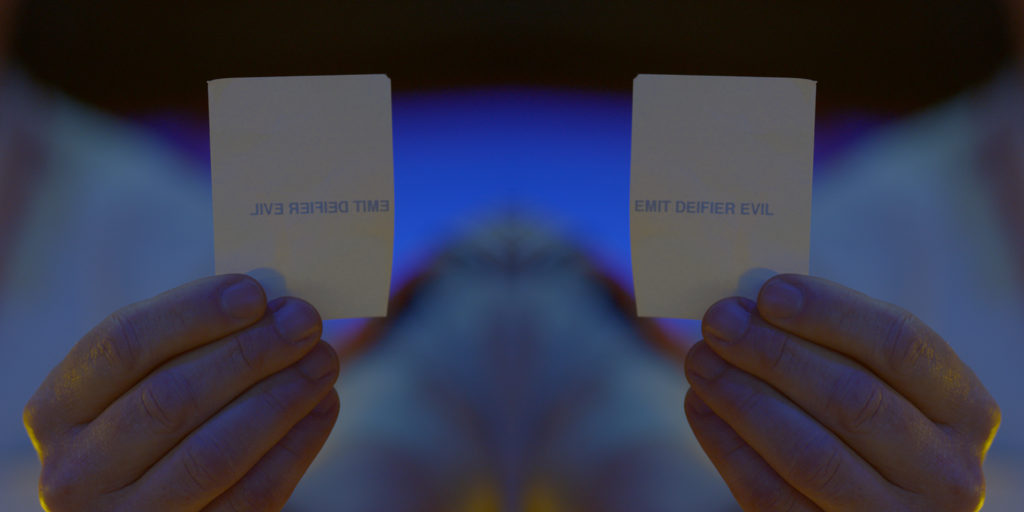
We highlight seven artists who have been tapped to represent their countries at the art-world olympics.

Artnet News

After a one year’s pandemic hiatus, the Venice Biennale is finally returning next month. For the prestigious event, sometimes dubbed the “art world Olympics,” countries whip up the best of their nations’ artistic talent to showcase in national pavilions around the picturesque Italian city.
As much as galleries might like to pretend that the important institutional event is not a market moment, let’s not forget that the Venice Biennale was originally designed as a commercial event, and to this day committed collectors often use biennials as a hunting ground for their next acquisitions. For the biggest biennial of them all, anyone who’s anyone in the collecting world will be there, and galleries will be conducting deals both of what is on view in Venice and elsewhere.
For your average art buyer, the process of accessing works from the biennale might seem a little opaque. But never fear, the Artnet News Pro team is here to help you navigate the markets of some of the leading artists selected for the 59th edition of the Venice Biennale. Here’s a primer on who they are, and how to get your hands on their work.

Simone Leigh, Las Meninas (2019). Photo by Farzad Owrang, courtesy of the artist and the Cleveland Museum of Art, ©Simone Leigh.
Gallery affiliation: Matthew Marks (New York)
What to know: Leigh’s sculptures explore history and race, gender and labor through powerful and often monumental depictions of Black women. She won the $50,000 Joyce Alexander Wein Artist Prize at the Studio Museum in Harlem in 2017, and the $100,000 Hugo Boss Prize in 2018. Brick House, her 16-foot-tall bronze bust in a house-like skirt, towered above 10th Avenue in New York as the 2019 High Line commission.
What to look out for in Venice: Brooklyn-based Leigh will be the first Black woman to represent the U.S. in Venice. Organized by the Institute of Contemporary Art Boston, her show, “The Milk of Dreams,” will include a monumental bronze sculpture in the outdoor forecourt of the U.S. Pavilion. The pavilion’s five galleries will display related figurative works in ceramic, bronze, and raffia.
Most wanted: Private and institutional buyers are gaga for Leigh’s “Village” series, which consists of figurative sculptures in bronze and salt-glazed ceramic, often depicting a female head and torso on a pedestal-like skirt made of raffia. Some of these works are domestic-size busts, others are goddess-like figures that dwarf ordinary folk.
Price points: At the moment, primary market prices for Leigh’s works surpass her auction results, which have topped out at $403,200 for a small-scale sculpture in 2020. The supply is very tight. At Matthew Marks’s Art Basel Miami Beach booth in December, a small bust was priced at $400,000. Large works have sold for about $750,000—and not a single one has come up for auction yet.
Up next: No word on her next move yet—for now, Leigh is 100 percent focused on Venice.
—Katya Kazakina
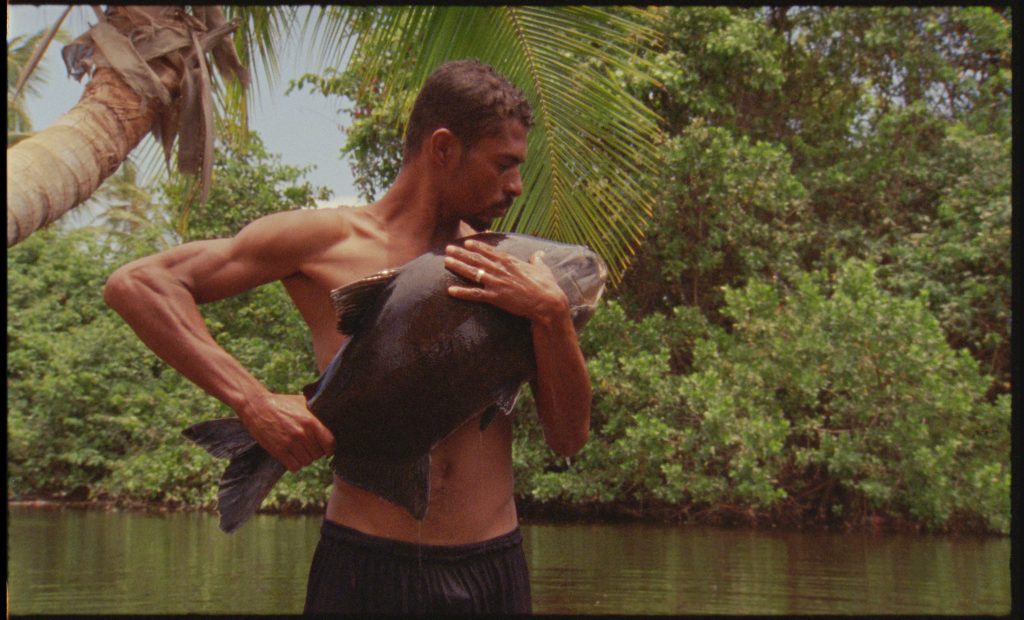
Jonathas de Andrade, O Peixe (The Fish) (2016). Courtesy of the artist and Alexander and Bonin, New York.
Gallery affiliation: Alexander and Bonin, Galleria Continua, and Galeria Nara Roesler. (There are no “hard and fast rules” about which dealer represents the artist in which region, according to Alexander and Bonin cofounder Carolyn Alexander.)
What to know: De Andrade wields his artwork as a tool for activism and a catalyst for social change, particularly around inequities of race, class, and labor. His film, video, and installation works tell complex stories centered on themes of the body, voice, home, and land, often blurring truth and fiction in the process. Past projects have focused on communities excluded from the dominant social and economic order, most notably the people of Recife in Brazil’s Nordeste (“Northeast”) region.
What to look out for in Venice: Representing Brazil, de Andrade will present a new body of work titled Com o coração saindo pela boca (With the heart coming out of the mouth). Consisting of sculptures, photographs, and a video installation, it will draw on what the artist called “a powerful collection of popular expressions and sayings related to the body.”
During the biennale, de Andrade will also have a new video on view in the group exhibition “Penumbra,” at Venice’s Fondazione In Between Art Film. The institution commissioned the work last year and helped support the production of the Brazilian pavilion as well.
Most wanted: Videos such as O Peixe (The Fish) (2016) and O Caseiro (The Housekeeper) (2016), and installations such as Eu, mestiço (Me, mestizo) (2017) and Cartazes para o Museu do Homem do Nordeste (Posters for the Museum of the Man of the Northeast) (2013).
Price points: Installations range from $50,000 to $75,000 each.
Up next: De Andrade’s solo exhibition, titled “Staging Resistance,” is on view at Foam Amsterdam through May 18. Two more solo institutional shows will premiere later this year. The first, organized by Portuguese pavilion curators Luis Silva and João Mourão, debuts at Alsace’s Centre Rhénan d’art Contemporain (CRAC) in June; the second opens at Brazil’s Pinacoteca de São Paulo in September.
—Tim Schneider
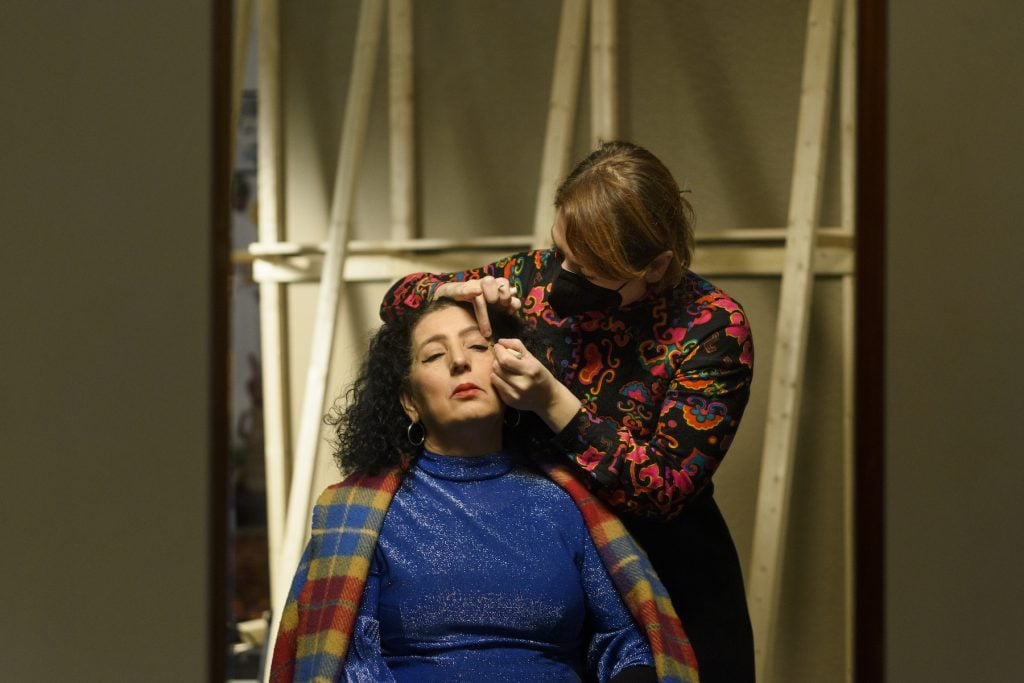
Les rêves n’ont pas de titre (Dreams have no titiels) ©Thierry Bal and ©Zineb Sedira.
Gallery affiliation: Galerie kamel mennour (Paris) and The Third Line (Dubai)
What to know: Zineb Sedira is a London-based, French-Algerian artist whose films, photography, and installations engage with cultural difference, particularly across Europe and Africa. She is fascinated by activist film of the 1960s, and her practice—which features autobiographical and documentary elements as well as fiction—resurrects that spirit to address colonization and the migration of economics, humans, and ideas.
What to look out for in Venice: Sedira’s French pavilion will present her film Les rêves n’ont pas de titre / Dreams have no title. The film will blend reality and fiction, drawing from her own life experiences, as well as 1960s and ’70s-era cinematic coproductions between France, Italy, and Algeria that aimed to facilitate cultural exchange.
Most wanted: Sedira’s “Sands of Time / sugar routes” series of photographs and sculptures that document the economic, political, and geographical movements surrounding the sugar trade is particularly well known and in demand.
Price points: Her price points range significantly from €20,000 to €300,000 ($21,800–$327,500) based on the medium.
Up next: Sedira will be the subject of solo shows at De La Warr Pavilion in the U.K. and Dallas Contemporary in September, and Lisbon’s Museu Calouste Gulbenkian in February 2023.
—Naomi Rea
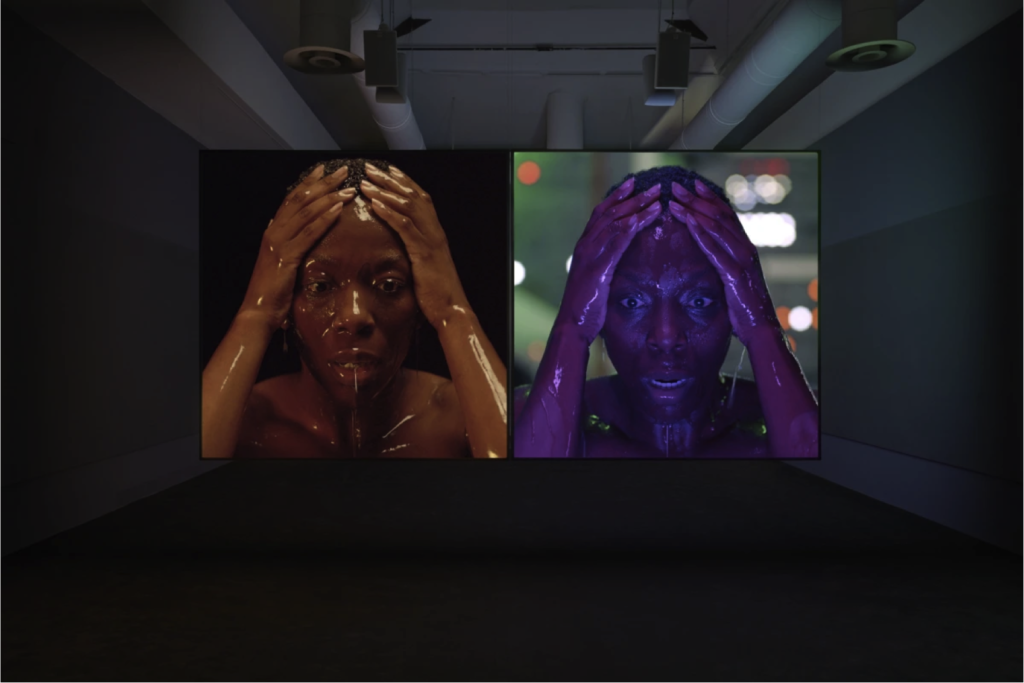
Stan Douglas, film still Doppelgänger (2019). © Stan Douglas. Courtesy the artist, Victoria Miro, and David Zwirner.
Gallery affiliation: Victoria Miro (London, Venice) and David Zwirner (New York, London, Paris, Hong Kong)
What to know: The artist is based in Vancouver, Canada and is a key member of the so-called “Vancouver School”—a group of photography- and video-based artists who came to prominence in the 1980s for their highly critical, post-conceptual approach to media. Douglas’s works sometimes take the form of installations and often meditate on pivotal moments in history. Sometimes, this can be a speculative or even science fiction story: at Ralph Rugoff’s 58th Venice Biennale show “May You Live in Interesting Times,” we witnessed the debut of Doppelgänger, a two-screen film set in an alternative present that depicted events on two worlds that are light years apart.
What to look out for in Venice: For the Canadian pavilion, Douglas will present two bodies of work—a sound piece and a series of photographs—that together consider overlaps in recent global history. Four large-format photographs depict distinct scenes: protesters using their bodies to spell out slogans in Tunis; the aftermath of the Vancouver riots after the Canucks hockey team lost the Stanley Cup; violent clashes between youth and police in London; and Occupy Wall Street protesters being trapped and arrested on New York’s Brooklyn Bridge. In Douglas’s signature style, these will be created as “hybrid documentary” images that are computer-generated from archival photos and video. An adjacent sound piece draws on the work of two collectives, one in the U.K. and one in Egypt, with the help of A.I. technology.
Most wanted: Douglas’s photographic prints circulate on the secondary market most regularly, while his more ambitious installations tend to head to institutional collections.
Price points: Depending on the size of the work, this can vary greatly: Prints go for anywhere between around $3,000 and $120,000, according to the Artnet Price Database. Some of his recent installations were priced between $80,000 and $120,000, according to an art advisor.
Up next: A representative from David Zwirner has confirmed that a cross-Canada tour of the Biennale exhibition is in the works.
—Kate Brown
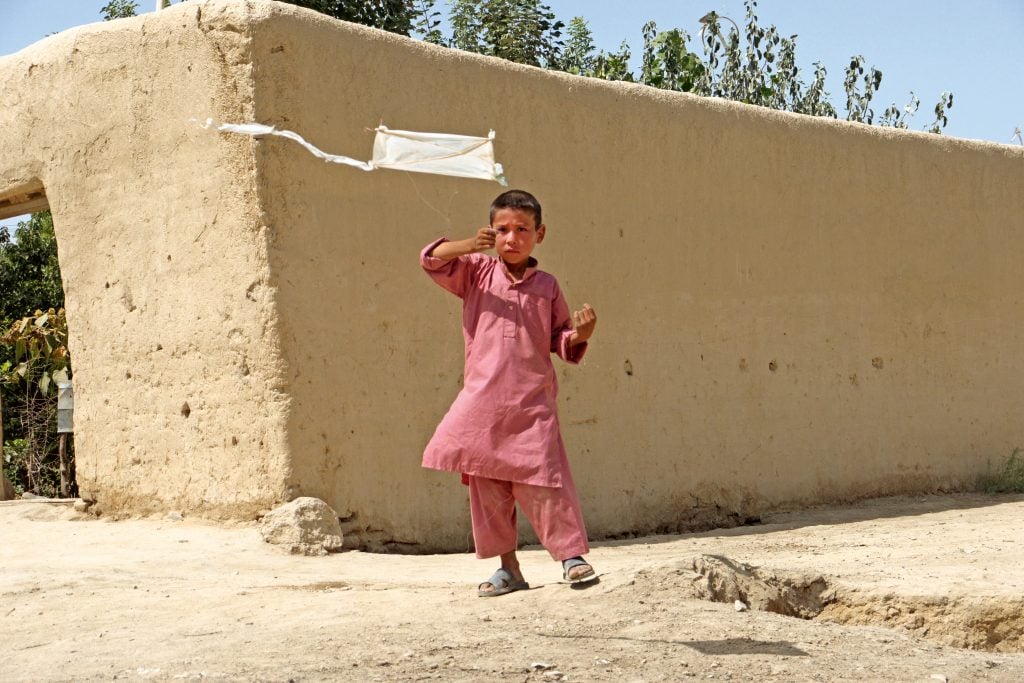
Francis Alÿs, Children’s Game #10: Papalote Balkh, Afghanistan, 2011. Still, 4’13” In collaboration with Félix Blume and Elena Pardo.
Gallery affiliation: David Zwirner (New York, London, Paris, Hong Kong), Jan Mot (Brussels), and Galerie Peter Kilchmann (Zurich)
What to know: The Belgian artist, who is based in Mexico City, uses film, photography, and animation to explore the patterns by which people engage with everyday life. Alÿs, who originally trained as an architect, also makes paintings and drawings.
What to look out for in Venice: For the Brussels pavilion, Alÿs is presenting a selection of nearly all new films and a series of paintings in an exhibition titled “The Nature of the Game.” Curated by Hilde Teerlinck, it will explore Alÿs’s longstanding focus on children’s games around the world. The show will present a dozen new games from the ongoing series filmed in the Democratic Republic of Congo, Belgium, Canada, and Hong Kong.
Most wanted: A representative for David Zwirner told Artnet News that Alÿs’s paintings are the most in demand, and his videos are “much loved but never for sale.” (The gallery did sell Alÿs video work, Tornado (2000–10) for $450,000 at Art Basel in 2018.)
Price points: His paintings sell for between $160,000 and $250,000, and photographs average between $2,000 and $7,000.
Up next: The Venice pavilion will be shown at WIELS Belgium in spring 2023. Alÿs’s work is currently on view in group shows at Zhi Art Museum in Chengdu, S.M.A.K in Ghent, the 21st Century Museum of Contemporary Art in Kanasawa, the Koroška galerija likovnih umetnosti in Slovenj Gradec, Tavros in Athens, and the Schirn Kunsthalle Frankfurt.
—Naomi Rea

Angela Su, Split Stitch (2019). Hair embroidery on fabric. Courtesy of the artist and Blindspot Gallery.
Gallery affiliation: Blindspot Gallery (Hong Kong)
What to know: The Hong Kong-born and -based artist first studied biochemistry in Canada before pursuing a career in visual arts, and this may explain why her works often focus on the history of medical science and investigate perception, transformation, and the body. She makes video essays, texts, drawings, hair embroidery, performances and installations.
What to look out for in Venice: Su’s new video, The Magnificent Levitation Act of Lauren O, is the centerpiece of the Hong Kong pavilion. The pseudo-documentary (made from a mix of found footage and a performance by the artist) follows the fictional character of Lauren O, who believes that she can levitate, as she engages with an American anti-war group in the 1960s.
Most wanted: Drawings on drafting films, hair embroidery
Price points: $10,000 to $30,000
Up next: An exhibition drawing on Su’s Venice presentation will be staged at the M+ museum in Hong Kong. The exact date has yet to be announced.
—Vivienne Chow
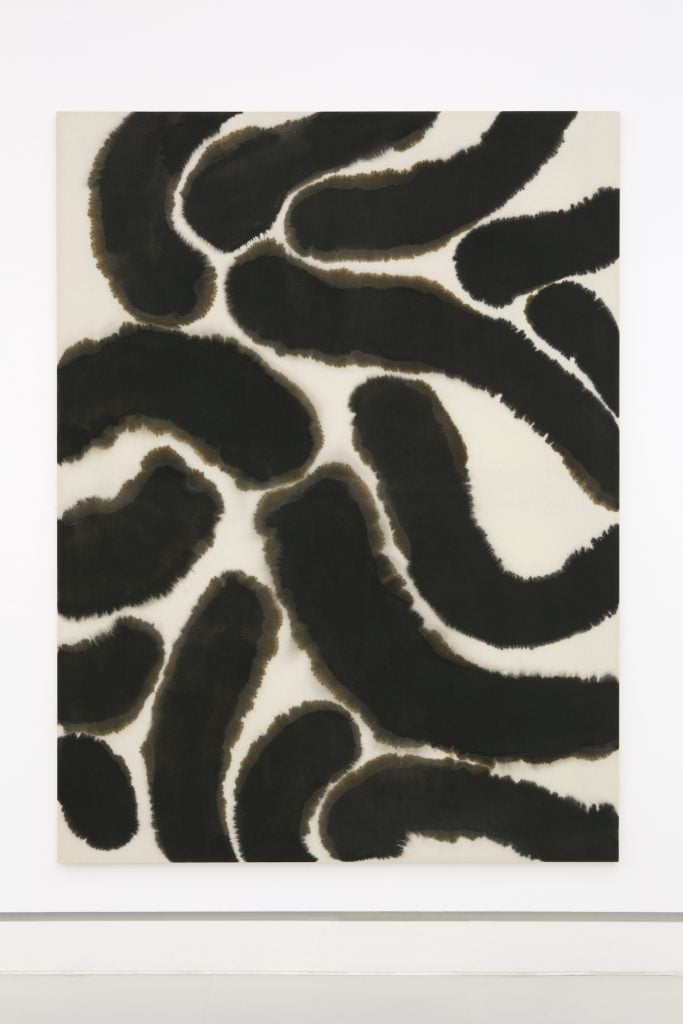
Latina Echakhch, Run until the breath no longer allows. Then roll up on plexus until form a suffocating ball, (2019) © Latifa Echakhch. Photo. archives kamel mennour
Courtesy the artist and kamel mennour, Paris
Gallery affiliation: Co‑represented by Dvir Gallery (Brussels, Tel Aviv), kamel mennour (Paris), kaufmann repetto (Milan, New York) and Pace Gallery (worldwide). Echakhch was formerly represented by Metro Pictures, which closed last year.
What to know: Echakhch’s paintings, installations, sculptures, and sound works are informed by the ways in which ordinary objects and imagery can be transformed into important indicators of identity, history, and mythology. She has described her work as “a question of power and postures” and notes that she “no other goals but questioning the world around me.”
What to look out for in Venice: Representing Switzerland, Echakhch conceived her presentation, “The Concert,” in collaboration with percussionist and composer Alexandre Babel and curator Francesco Stocchi. Gloomy remnants of art fill the first space, where visitors set out on a counterclockwise journey through time. In each room, the atmosphere changes—time runs backwards, from broad daylight to the evening before.
Most wanted: Paintings, particularly the “blue inks” (2014) and “Tambour” series (2012–13).
Price points: €50,000 to €500,000 ($55,350 to $553,525)
Up next: A dual exhibition conceived as a conversation between Zineb Sedira (French pavilion) and Latifa Echakhch (Swiss pavilion) will take place from June 3–17 at Kunsthaus Baselland. On June 15, as part of Art Basel’s VIP program, there will be a brunch and conversation between Sedira and Echakhch.
—Eileen Kinsella